Ferry disaster: 14 dead, 282 still missing
JINDO (South Korea) — Rescuers struggled with strong waves, persistent rain and murky waters yesterday as they searched for hundreds of people, most of them teenagers from the same school, who were still missing a day after a ferry capsized in what is possibly South Korea’s worst disaster in decades.
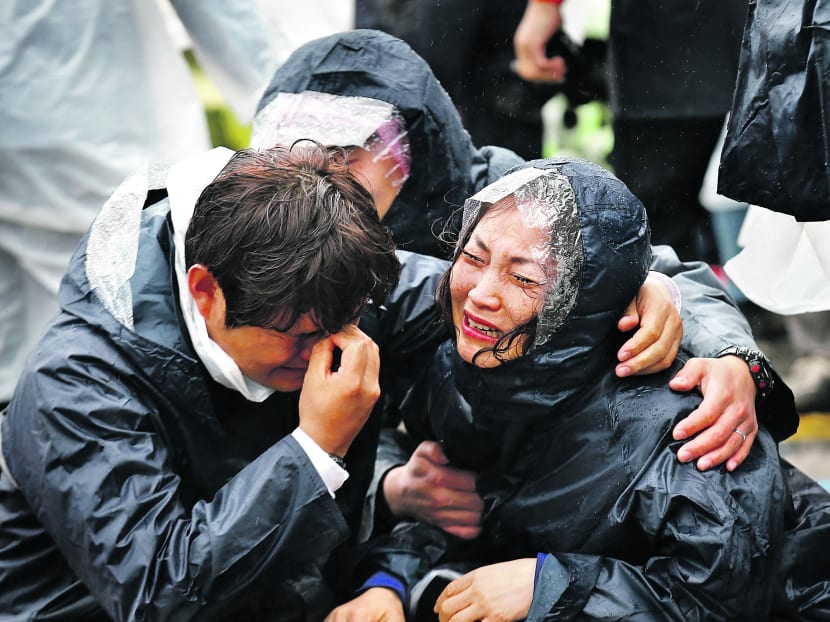
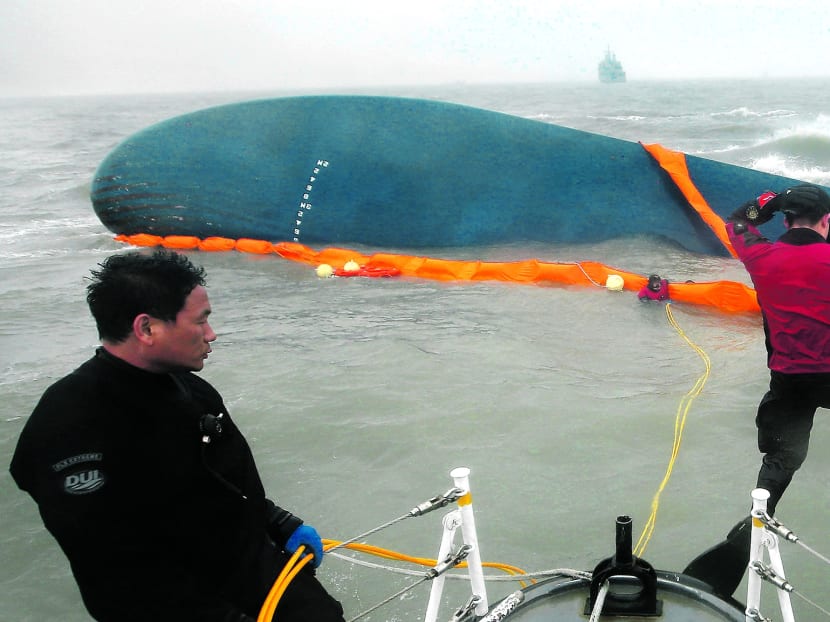
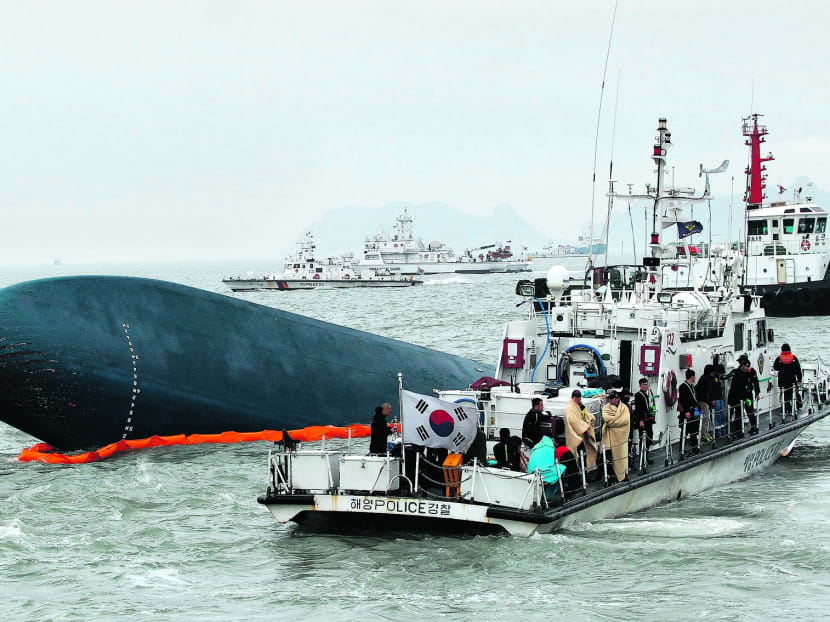
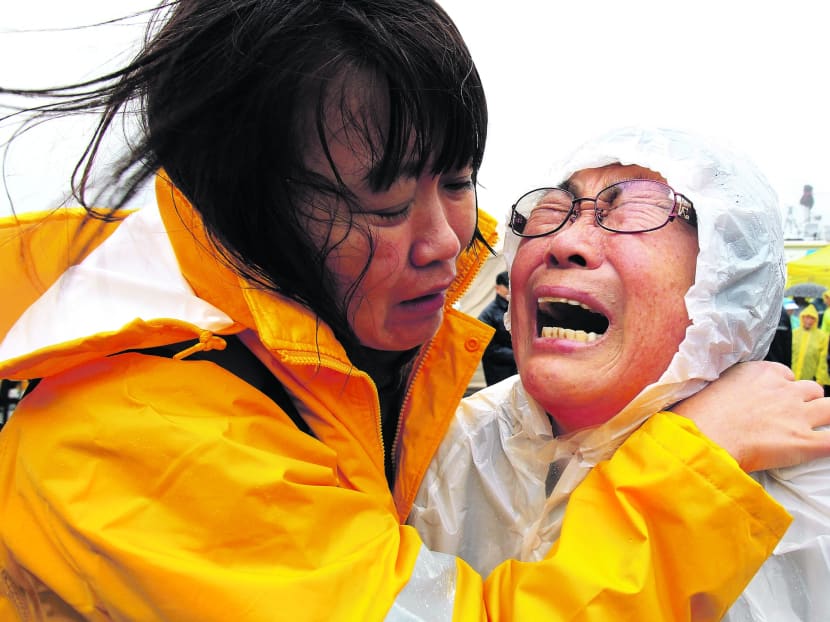
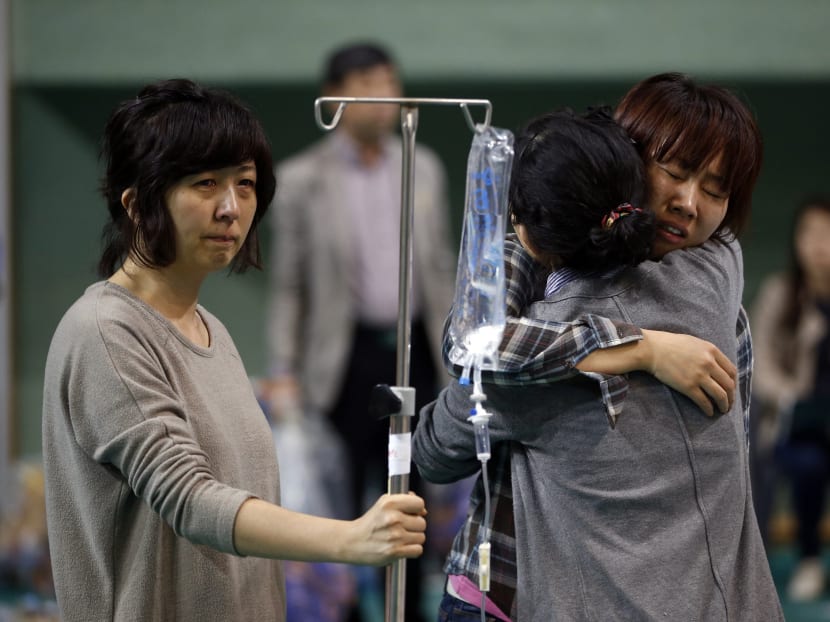
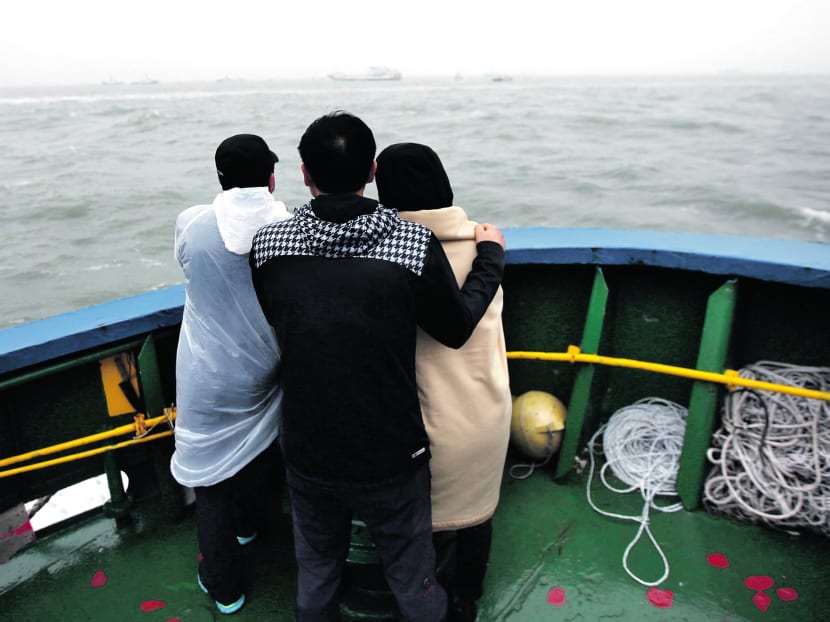
JINDO (South Korea) — Rescuers struggled with strong waves, persistent rain and murky waters yesterday as they searched for hundreds of people, most of them teenagers from the same school, who were still missing a day after a ferry capsized in what is possibly South Korea’s worst disaster in decades.
Coastguard, navy and private divers scoured the site of the accident, about 20km off the country’s south-western coast. The handling of the tragedy presents a daunting task for the South Korean government.
No survivors were found yesterday at press time.
The vessel, carrying 475 passengers and crew, capsized on Wednesday morning during a journey from the port of Incheon to the holiday island of Jeju. Coastguards recovered five more bodies late yesterday, raising the death toll to 14 people. Another 179 passengers have been rescued, leaving 282 unaccounted for and possibly trapped in the vessel. It is not known why it sank.
The captain of the ship, Lee Joon-seok, 69, faces a criminal investigation, coastguard officials said, amid unconfirmed reports that he was one of the first to jump to safety from the stricken vessel. Many survivors told local media that Lee was one of the first to be rescued, although none actually saw him leave the ship. The coastguard and ferry operator declined comment.
“I am really sorry and deeply ashamed,” a man identified by broadcaster YTN and Yonhap news agency as Lee said in brief comments shown on television, his face hidden beneath a grey hoodie. “I don’t know what to say.”
The first instructions from the captain were for the passengers to put on life jackets and stay put, and it was not until about 30 minutes later that he ordered an evacuation, Mr Oh Yong-seok, a 58-year-old crew member, said yesterday. Officers had been trying to stabilise the vessel after it started to list amid confusion and chaos, he said.
The Sewol ferry sank within about two hours. The accident may be South Korea’s worst since 1970, when the sinking of the Namyoung ferry killed 323 people. Grainy smartphone video footage taken while the ship was sinking showed frightened passengers huddled in a corner of a room, as a voice on the ship’s intercom urged passengers to “stay inside and wait because the cabins are safer”.
Passenger Koo Bon-hee, 36, said many people were trapped inside by windows that were too hard to break. “The rescue wasn’t done well. We were wearing life jackets. We had time,” he said. “If people had jumped into the water ... they could have been rescued. But we were told not to go out.”
Inside the ship, chaos unfolded, survivors said, as wall and floor seemed to exchange positions. Bottles and dishes overturned. The ship’s twisting stairways suddenly became almost impossible to negotiate. At some point, survivors said, the lights went out.
Angry parents of students who were on board the ferry yesterday gathered at Danwon High School in Ansan, which is near Seoul, while other relatives assembled on Jindo, an island near where the vessel sank. The ship had 325 Danwon students on board.
Time was running out for the 150 or so divers working flat out to find any survivors trapped inside.
“The chances of finding people in there (alive) are not zero,” said Mr David Jardine-Smith, Secretary of the International Maritime Rescue Federation, adding, however, that conditions were extremely difficult. “There is a lot of water current and silt in the water, which means visibility is very poor and the divers are basically feeling their way around.”
While more than 400 rescuers searched nearby waters, the government said it was not giving up on the possibility of finding survivors, while the coastguard also turned its attention to what might have caused the disaster in calm seas.
The operator, Chonghaejin Marine, came under sharp criticism yesterday after its officials continued to avoid questions about the conduct of the ship’s captain and crew. Mr Kim Han-sik, President of Chonghaejin, apologised yesterday, bowing deeply and saying: “I committed a sin punishable by death. I am at a loss for words. I am sorry. I am sorry.’’
Japanese Prime Minister Shinzo Abe and Singapore Prime Minister Lee Hsien Loong were among the world leaders who have expressed their sympathies for the disaster. AGENCIES






